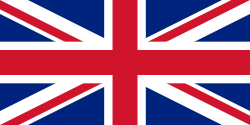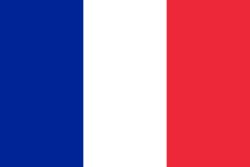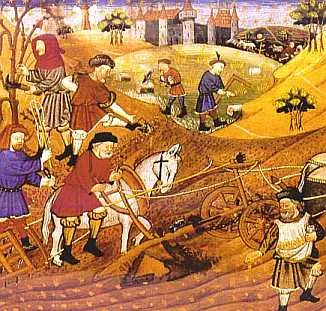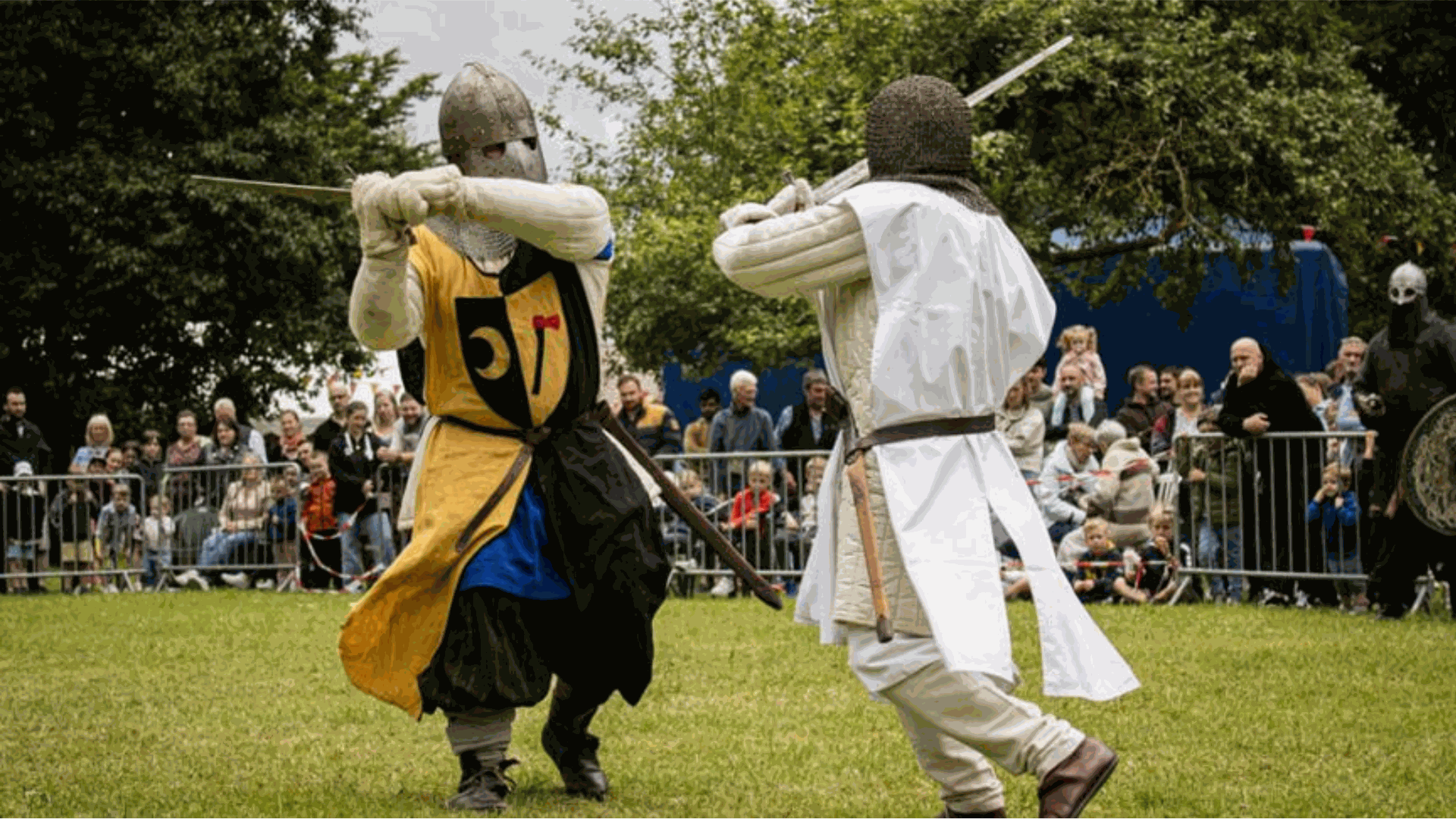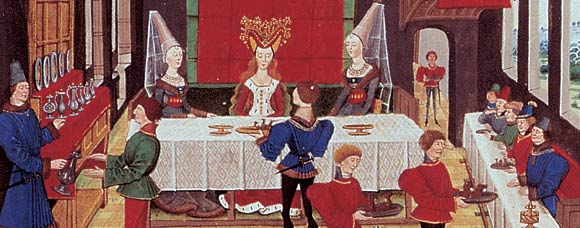Medieval Festival in Naves
We had the opportunity to promote the Mediaval Festive of Naves, which took place from Saturday, September 14 to Sunday, September 15, 2024. Over the weekend, the people of Naves were treated to a lively spectacle as colorful characters took to their lands, engaging in axe fighting, archery, and swordplay. They witnesses warriors clashing in a thrilling tournament. The event also featured demonstrations of ancient crafts, theatricalskits, and songs and dances performed to the rhythm of period music.
The Medieval Era
The medieval Era, often referred to as the Middle Ages, spans roughly from the 5th to the 15th century. This fascinating period, marked by profound social, political, and cultural uphevals, left a lasting imprint on the history of Europe. In this article, we invite you to explore the key features of this era, rich in events and transformations.
A time of transition
After the fall of the Roman Empire, Europe experienced a period of economic and cultural decline, but also witnessed the emergence of new social and political structures. Barbarian kingdoms such as the Francks, Visigoths and Ostrogoths began to settle across the European continent, redefining borders and shifting power dynamics.
Feudal Society
One of the most defining features of the Medieval Era was the feudal system. This social and economic model was based on relationships of dependency between lords and vassals. Lords, who owned vast tracts of land, granted protection and land to their vassals in exchange for loyalty and military service.
This hierarchical shaped medieval society, in which the nobility, the clergy, and the peasants each held clearly defined roles. The system created a network of mutual obligations that maintained order and stability throughout the Middle Ages.
Daily Life in the Middle Ages
Daily life in the Middle Ages varied significantly depending on social class. Peasants, who made up the majority of the population, often lived in harsh conditions, working the land to meet their basic needs. Their day were filled with physical labor, and their homes were modest, typically made of wood and thatch, with little comfort.
Cities began to grow from the 12th century onwards, fostering trade and craftsmanship. Medievalfairs became major events where merchants exchanged goods, news, and ideas from across regions. These gatherings contributed to economic vitality and cultural exchange. Urban life also gave rise to a bourgeois class, merchants, artisans, and professionals, who played an increasingly important role in the economy. Unlike the rigid structures of feudal society, city life offered more opportunities for social mobility ans innovation, setting the stage for the transformations that would later define the Renaissance.
Medieval Art and Culture
The Medieval Era was also a time of great artistic creativity. Gothic architecture, with its majestic cathedrals, emerged during the 12th century, while medieval literature, with works such as The Song of Roland and the tales of the troubadours, enriched Europe's cultural heritage. Illuminated manuscripts and illustrated texts further demonstrate the importance of art in the transmission of knowledge during this period.
